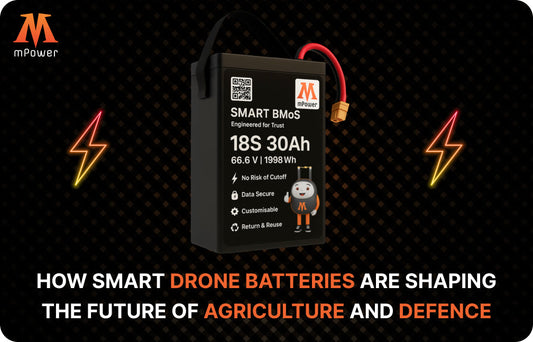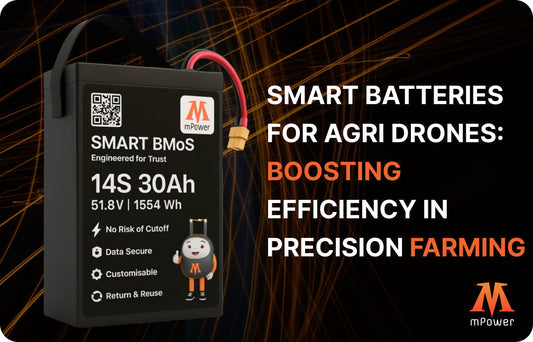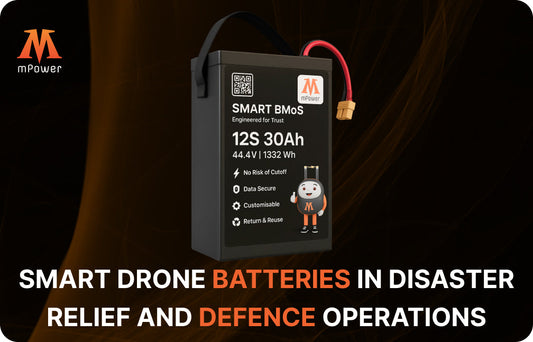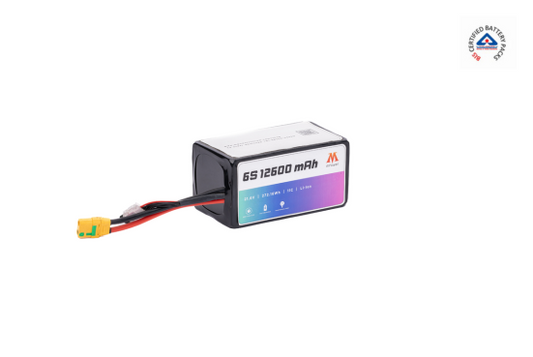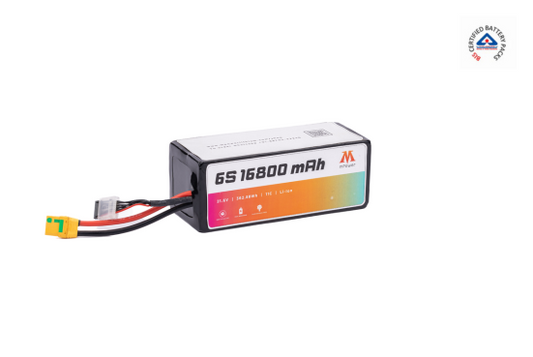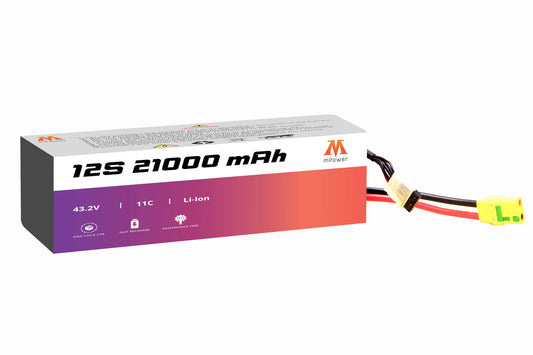
Usually, people think drones are only used for military aircraft; however, drone technology evolves with time, and drones become more affordable than before. Drones aid research to prevent the planet's degradation, as human behavior has led to various disasters, including climate change.
So, it is vital in environmental monitoring, as it can easily fly over a large amount of land, including unsafe locations, such as after storms or during floods. It can incorporate cameras, sensors, wind gauges, etc., allowing the collection of various environmental data. Using drones to monitor the field eliminates the need to send people onsite, preventing potential accidents.
However, a powerful drone battery is required to perform environmental monitoring and conservation of wildlife. mPower provides a drone rechargeable battery, which aids in successfully performing the task. In this blog, we will delve into the application of environmental monitoring and wildlife conservation.
Environmental Monitoring with Drones
With the help of drones, one can successfully monitor the environment more quickly and economically, even in remote and hard-to-reach areas. Here are some applications of environmental monitoring with drones.
Vegetation Monitoring
Drones equipped with high-resolution cameras and sensors enable precise and detailed vegetation monitoring. They can capture images and data that help assess the health of vegetation, identify disease, calculate biomass, and monitor growth over several stages in the season.
Plant and Animal Counting
Drones equipped with specialized cameras and machine-learning algorithms can be used for efficient plant and animal counting. This captures high spatial and spectral resolution data, which counts plants and animals. This aids particularly in wildlife conservation and biodiversity studies. Moreover, drones can cover many areas, providing accurate population estimates without disturbing the natural habitat.
Species Identification
Advanced imaging technology on drones allows for identifying various species in ecosystems. From birds and mammals to plant varieties, drones can capture images and data to identify and categorize species. In addition, this helps researchers and conservationists track changes in species composition distribution and take corrective action.
Water Management
Drones with sensors, such as spectrometers and thermal cameras, can monitor water bodies for quality and quantity. They can assess water temperature, identify pollutants, and monitor changes in aquatic ecosystems. This information is critical for water resource management, ensuring sustainable use and conservation of freshwater resources.
Risk Management
Drones play a vital role in assessing and managing environmental risks. They can be used in risky areas prone to natural disasters. The data collected helps create early warning systems, assess damage, and plan effective responses. Additionally, drones monitor areas affected by industrial activities, ensuring compliance with environmental regulations.
Wildlife Conservation with Drones
Before diving deep into the application of wildlife conservation, we would like to inform you that flying in or around wildlife conservation in India is not allowed due to no-flying zones. Since these are eco-sensitive zones, drone crashes can threaten wildlife.
Moreover, drones allow wildlife conservation remotely using laptops with cameras and sensors. These help to fight the increasing disintegration of biodiversity. Here are real-life applications of drones in wildlife conservation.
Wildlife Survey And Population Monitoring
The lack of wildlife data is the biggest challenge in wildlife conservation. However, the existing monitoring methods are complex to get accurate data, as it is difficult to reach many areas manually. Reaching high cuffs, dense rainforests, or underwater areas can be challenging.
Technological advancement in drones has paved the way to collect data from dense forest areas in remote locations. The modern-day drone can dive underwater to gather information. It can provide accurate information and help officials keep track of wild animals that stray into human territory. Many wildlife animals and humans cross-check other paths frequently. Drones offer surveillance that can resolve the conflict between man and wildlife.
Surveillance And Protective Drones
This is the second application of drones after data collection and mapping. Drones monitor wildlife sanctuaries and national parks, preventing poaching and illegal hunting. However, poaching has declined gradually, still, few wildlife animals are prone to poaching. For instance, due to their medicinal value, Rhino horns are a key victim of illegal hunting.
Moreover, they can detect forest fires early by reading heat signatures. So, timely detection of wildfire can prevent it from spreading. In addition, swarms of drones can carry water and fight against forest fires.
Concluding Remarks!
The applications of drones for environmental monitoring and wildlife conservation represent a transformative leap in the planet's delicate ecosystems. The significance of drone technology extends to wildlife conservation, where traditional data collection methods face limitations. Drones revolutionize wildlife survey and population monitoring by reaching remote, challenging terrains and underwater areas. By reaching these places, they provide accurate data about various things.
Moreover, they offer a non-intrusive means of surveillance and protection, playing a crucial role in preventing illegal activities such as poaching and detecting potential threats like forest fires. In addition, the best drone battery is essential to perform tasks in hard-to-reach areas. That's where mPower provides a drone rechargeable battery, providing seamless execution of environmental monitoring and wildlife conservation tasks.





